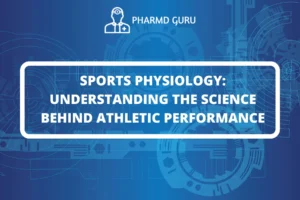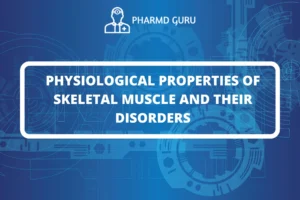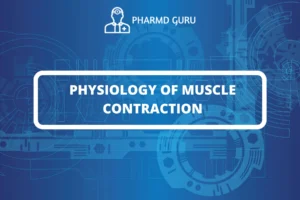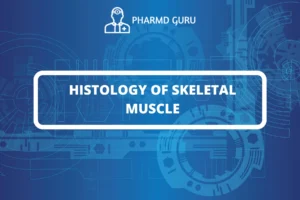Introduction to Anatomy and Physiology
Anatomy and physiology are two closely related fields of study that delve into the structure and functions of the human body. Understanding these concepts is crucial for anyone interested in health sciences, biology, or medicine. In this article, we will provide a comprehensive overview of anatomy and physiology, exploring their significance, key principles, and how they are interrelated.
SCROLL DOWN TO THE BOTTOM OF THE PAGE FOR ACTUAL NOTES
1. What is Anatomy?
Anatomy is the branch of science that examines the structure and organization of living organisms. In the context of human anatomy, it involves studying the various systems, organs, tissues, and cells that make up the human body. This field of study dates back to ancient civilizations, where early anatomists began observing and recording their findings.
2. The Subfields of Anatomy
Anatomy can be categorized into several subfields, each focusing on a specific aspect of the human body:
2.1. Gross Anatomy
Gross anatomy, also known as macroscopic anatomy, involves the study of visible structures without the aid of a microscope. It includes studying organs, muscles, bones, and other structures through dissection or imaging techniques.
2.2. Microscopic Anatomy
Microscopic anatomy, on the other hand, deals with the study of tiny structures that are not visible to the naked eye. This field involves the examination of cells and tissues using microscopes, revealing intricate details of cellular organization.
3. What is Physiology?
Physiology complements anatomy by focusing on the functions of various components of living organisms. In human physiology, researchers investigate how organs and systems work together to maintain homeostasis and sustain life.
4. The Importance of Anatomy and Physiology
Understanding anatomy and physiology is crucial for several reasons:
4.1. Medical Practice
Healthcare professionals, such as doctors and nurses, must have a solid grasp of anatomy and physiology to diagnose and treat patients effectively. Medical students learn these subjects in detail to become competent healthcare providers.
4.2. Research and Advancements
Advancements in medical science are often built upon a deep understanding of the human body. Researchers use anatomical and physiological knowledge to develop new treatments and interventions.
5. The Interconnection between Anatomy and Physiology
Anatomy and physiology are intricately linked. The structure of an organ or tissue determines its function, and understanding both aspects is vital to comprehend how the human body works as a cohesive unit.
6. Anatomical Terminology
To facilitate clear communication among medical professionals, anatomical terms are used universally. These terms describe body parts, positions, and directions relative to each other.
7. The Major Body Systems
The human body can be divided into several systems, each responsible for specific functions. Some of the major body systems include the circulatory, respiratory, digestive, nervous, and musculoskeletal systems.
8. Homeostasis
Homeostasis refers to the body’s ability to maintain internal stability despite external changes. This balance is crucial for optimal functioning and survival.
9. Common Anatomical Variations
While there are typical anatomical structures, individual variations are also prevalent. These variations contribute to the diversity observed in human populations.
10. The Impact of Lifestyle on Anatomy and Physiology
Lifestyle choices, such as diet, exercise, and habits, can significantly influence the overall health and well-being of individuals.
11. Common Disorders and Diseases
An understanding of anatomy and physiology aids in comprehending the causes and effects of various diseases and disorders.
12. Conclusion
In conclusion, anatomy and physiology form the foundation of medical knowledge and are essential for healthcare practitioners, researchers, and anyone interested in the intricacies of the human body. By studying these subjects, we gain valuable insights into how our bodies function and how we can maintain optimal health.
ACTUAL NOTES




